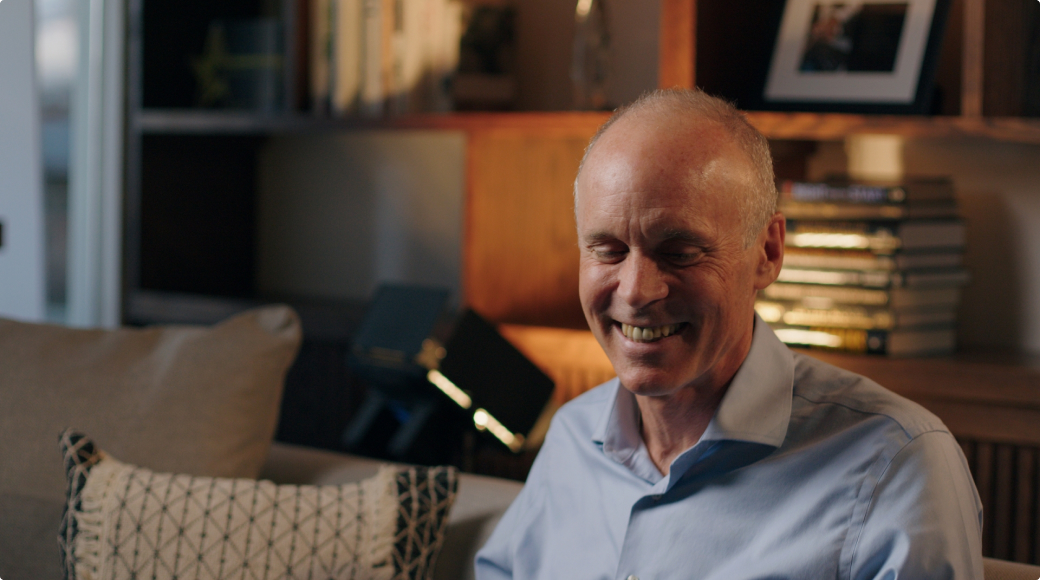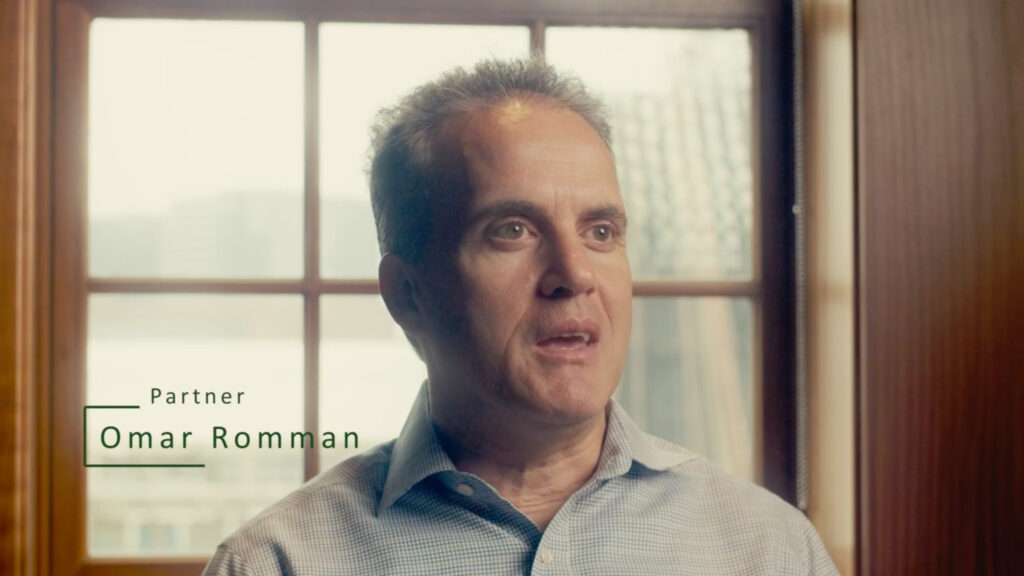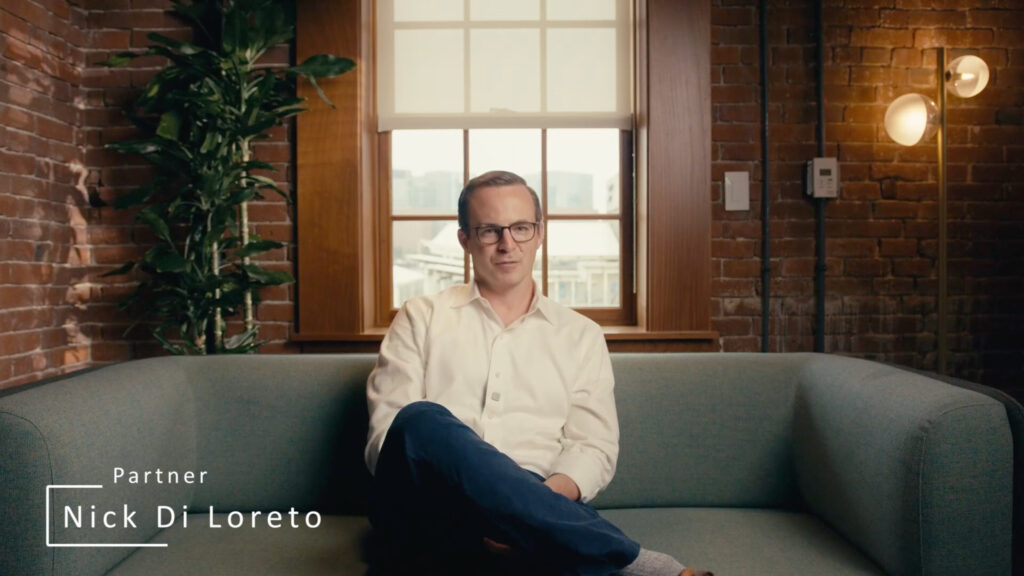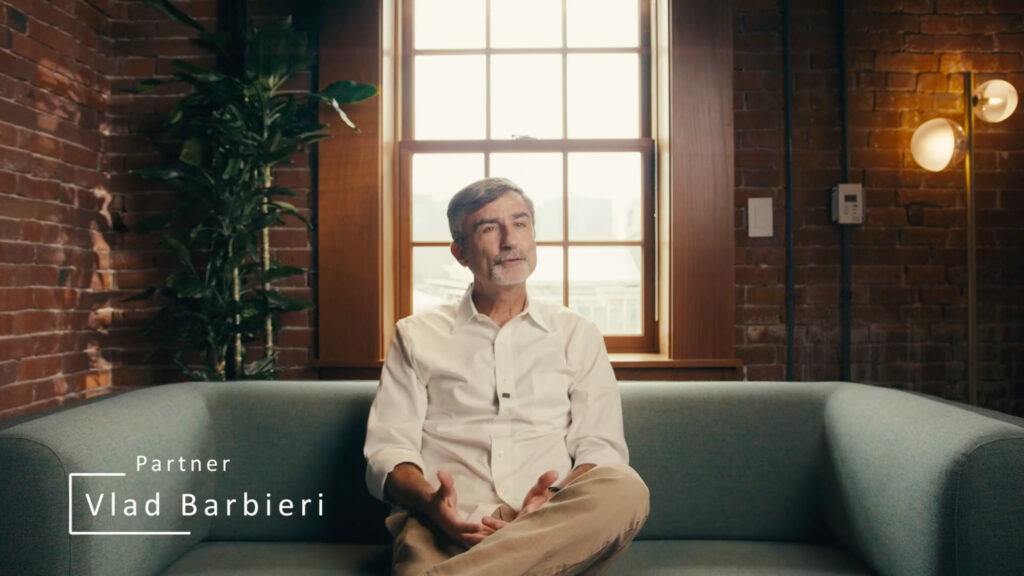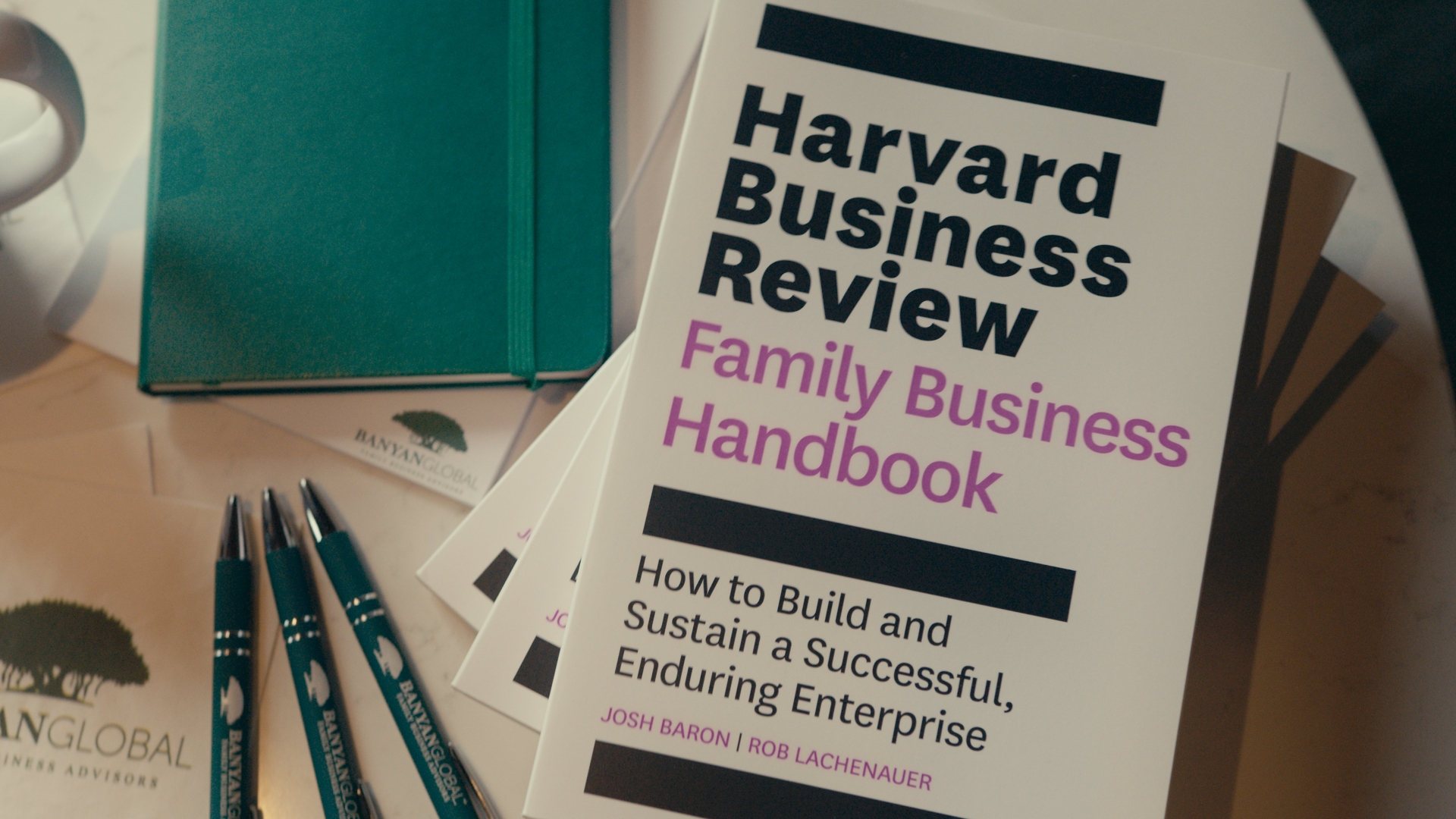What We Do
Our team of experienced advisors can help your family work through important decisions—and get unstuck.
We know that it’s profoundly important to help both your business and your family make the right choices for you. We can help you identify the decisions you must make, the options you have, and guide you through the work to be done. In the process, we’ll help you strengthen your family relationships, too.
WHAT WE DO
Our work is focused on helping our client families figure out what they want — and how to get there.
How We Can Help
We can help you get to the heart of the issues you’re facing.
We have guided more than 260 family businesses through a process that helps them make their most important decisions and strengthens family relationships. We bring depth and breadth of experience to aid owners in identifying the issues and decisions they’re facing so they can see a path forward. Your family charts its own course. We help you draw the map.
What makes Banyan different?
What do family business advisors do?
Why do families hire outside advisors to help with succession planning? Can we do it on our own?
No one in the next generation is interested in working in the business. What do we do?
Should we even continue to be in business together?
Our Practice
Family Business
Family Office
Family Philanthropy

Building Trusted Family Relationships
The Intangible Takeaway
One of the most important outcomes of our work with hundreds of family owner groups around the world is helping them cultivate trust within their families through the process of making challenging decisions together.
Our Insights
